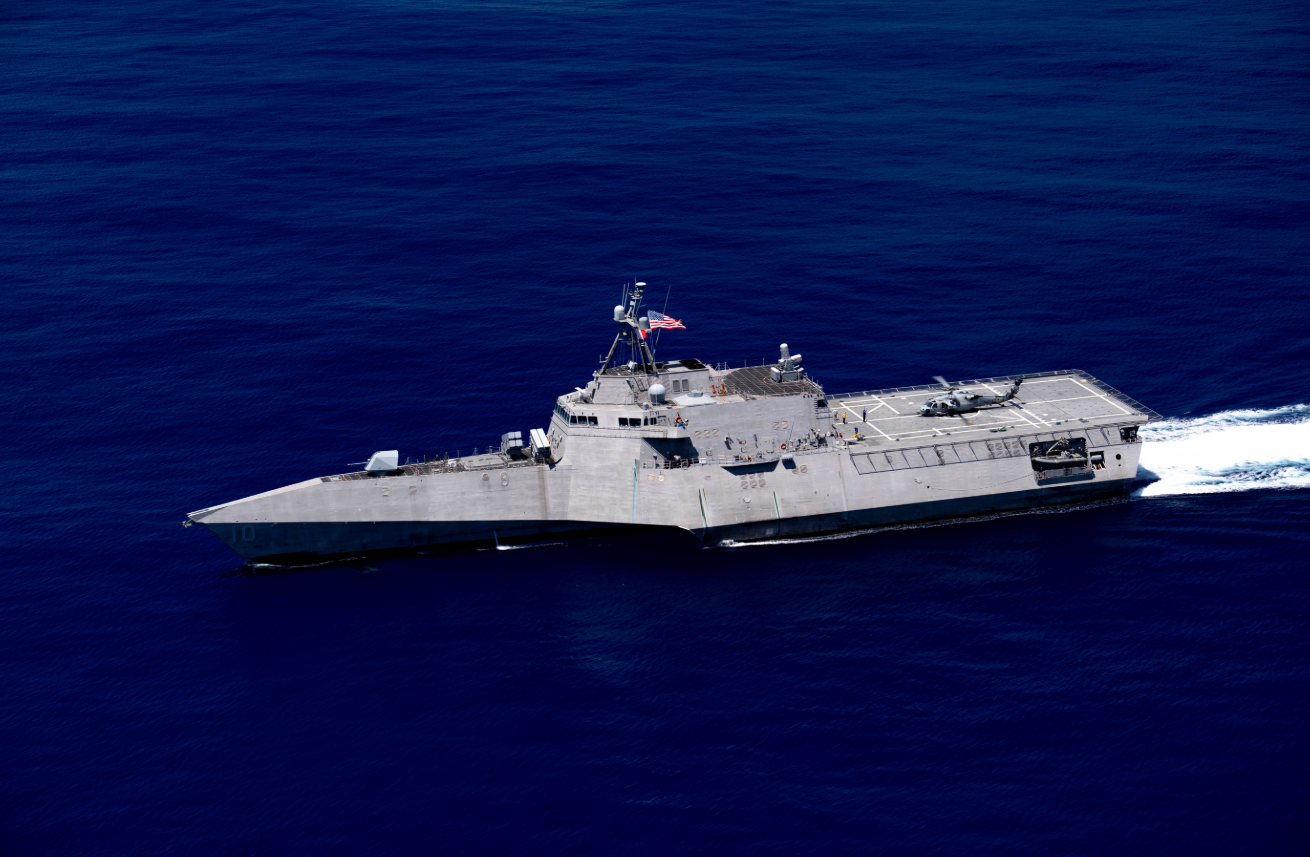
The Littoral Combat Ship (LCS) was once touted as the Navy vessel of the future—a swift, multi-mission ship to patrol coastal seas, replace aging frigates, and shift duties based on the assignment. It instead became a cautionary tale of hype over delivery, offering too expensive and insufficient ships.

The concept came to light in the early 2000s, as the Navy attempted to redefine itself for the post-Cold War world. The vision was “network-centric warfare” based on the idea of small, quick ships with minimal crews, all connected through sophisticated communication systems.

Each LCS would take just around 40 sailors, significantly less than the 200 needed to operate a frigate. Two distinctly different designs were selected: Lockheed Martin’s steel-hulled Freedom-class and General Dynamics/Austal USA’s aluminum trimaran Independence-class.

Initially, the Navy envisioned a 74-ship fleet costing approximately $212 million per ship. But as problems mounted, the order was reduced to 35 and the cost ballooned to approximately $28 billion.

Technical problems haunted the fleet from the start. The ships experienced recurrent breakdowns, propulsive failures, and raised questions about whether they could even survive in hostile environments. Testers questioned their ruggedness and security as well. Several spent more time in dry dock for repairs than deployed at sea.

The Freedom-class, in turn, was plagued by powertrain issues and inefficiency with fuel, resulting in multiple ships being retired after just a handful of years in service. The Independence-class did not fare much better, with maintenance issues, corrosion, and ongoing upkeep requirements. Even the much-hyped modular mission packages—designed to allow ships to switch easily between roles—were pushed back and underperformed when tested.

In spite of these difficulties, the program persisted under political and industrial pressure. Contractors threatened that terminating it would be disabling to shipyards and would cause thousands of jobs to be lost, leaving lawmakers to weigh economic needs against military necessities.

The fiscal consequences have been enormous. The Government Accountability Office predicts that the life-cycle cost of the LCS fleet will be over $60 billion—twice as much as initially projected. Beyond dollars and cents, the program damaged trust in the Navy’s acquisition system and left the fleet without the dependable ships it was promised.

The LCS wasn’t the only ambitious project to experience such failures. Others, such as the Zumwalt destroyer and the F-35 fighter jet, have struggled with soaring costs, delays, and technical shortfalls. Yet the Navy’s dwindling fleet makes the LCS fiasco hurt all the more—238 ships now, down from 318 in 2000—while the Air Force today flies about half its planes as it did before. Spending keeps rising, but results do not equal investment.

Now the Navy is turning to the Constellation-class frigate, modified from a tried and tested European design, to plug the gap. But even before the first hull is finished, the usual round of delays and increased costs has started arising due to unique modifications to U.S. requirements.

The LCS lesson is obvious: when politics, ambition, and industry dividends trump pragmatic planning, the payoff can be an expensive armada of ships that do not deliver. With defense spending at a high-water mark, accountability, discipline, and better decision-making are more essential than ever if programs of the future are to succeed where the LCS did not.
